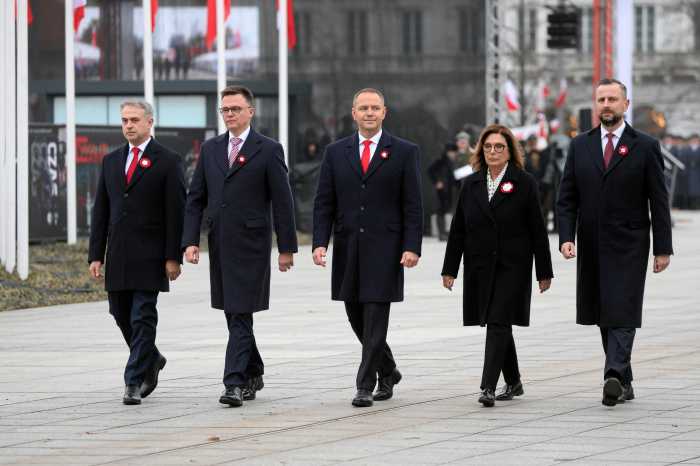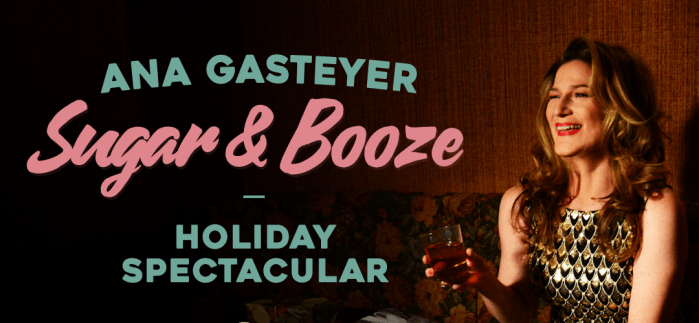Made with love, but surely more imagination needed
The film version of “Rent” starts off magnificently, Brechtian-style, with the cast members on an empty Broadway stage, each individually spotlighted, as they sing the show’s best song, “Seasons of Love.” Unfortunately, by beginning things on such a high note, the movie has to reach hard to sustain that opening. Clearly a labor of love for director Chris Columbus, the film is gorgeously shot and smoothly handled, but this is, perhaps, one time in which such utter faithfulness to the original book might have been better eschewed.
Inspired by “La Boheme,” “Rent” was the inspired brainchild of composer/lyricist,/book-writer Jonathan Larson, who tragically died in 1996 on the eve of its New York opening—and that fact instantly made the show a theatrical legend. It especially captured the imagination of a whole new Broadway generation with its raucous, rock-flavored score and youthful idealism amidst the grit of its Lower East Side Bohemia. In 2005, however, the bloom is a bit off this particular rose—like the film version of “A Chorus Line,” similarly made a decade after its stage debut—and more cinematic rethinking would have definitely helped here.
The plight of young artists in 1989, struggling to survive in their tenement squats, might have been given more real weight. Instead, aspiring musician Roger (Adam Pascal) and filmmaker Mark (Anthony Rapp) live in a vast, gorgeously windowed loft, with lamp decorator accents, which bespeaks Hollywood’s traditional difficulty at convincingly capturing Manhattan environs of the underprivileged. Roger, like his beloved, exotic dancer Mimi (Rosario Dawson) and their friend, spunky transvestite Angel (Wilson Jermaine Heredia), has AIDS, adding further darkness to their bleak lives. Columbus would have done well to add that other tragedy of what has happened to New York City—it is no longer a refuge for creative, disenfranchised souls. Bohemia has been almost totally razed for Starbucks. Columbus does, however, include the Twin Towers.
The moments in which the filmmakers dared to veer from the original stand out most—the opening number; Sarah Silverman, as a venal TV producer, briefly providing some hilarious audience release from the relentless gloom and doom; a lovely fantasy dance number, “Tango Maureen,” which has the romantic triangle of Maureen (Idina Menzel), her flirtatious lover Joanne (Tracie Thomas), and Mark, suddenly strutting their stuff with an army of glamorously undulating couples; and the new additions to the roster of Broadway original cast members.
Although you applaud Columbus’ decision to retain those deserving original troupers, there is no denying that Dawson and Thomas have a freshness and excitement that somehow eludes the others. Dawson has a Loisaida authenticity, as well as a riveting, lushly exotic yet fragile quality as Mimi, and fairly explodes the screen with sexiness in her big club dancer number. Thomas has a searing vocal range and an ingratiating authority, surprising in one so young, but appropriate for the lawyer she portrays.
Columbus doesn’t seem to have spent as much time with the original cast members and it’s obvious that most of them could have used some help in transferring their performances. A danger with preserving stage performances is always that certain canned feeling, where the actors come off more as performing contraptions than human beings. A stylized, spotlight-grabbing performance can be fabulous live in a theater, but deadly onscreen, and there are too many moments of stagy awkwardness and unphotogenic camera angles—especially with Menzel, who’s a knockout in reality—which prevent the performers from really engaging you.
Heredia comes off the best, retaining the wicked, twirling energy he had onstage. Pascal, who had a radiant luster about him back in 1996, is the big loser here—the longer hair he sports as Roger has the effect of making him look older, which is not helpful when playing an early 20-something, and his voice sounds nasal. Rapp, who seemed a spiritedly galvanizing force in the original, merely comes off a thankless third wheel in the Maureen-Joanne-Roger equation.
The work itself includes some shriekingly high tessitura and just plain bad writing. Larson was an undeniable talent, and it was truly unjust that he never got a chance to develop it further. But his book, while affecting in its pathos, now comes off as too dark, and the big joie-de-vivre number, “La Vie Boheme,” with Columbus doing everything but rabbit-pulling to make it work, falls rather flat. The big screen amplifies everything, especially Larson’s clunkier lyrics, like, “Who do you think you are/Barging in on me and my guitar?”
gaycitynews.com





































